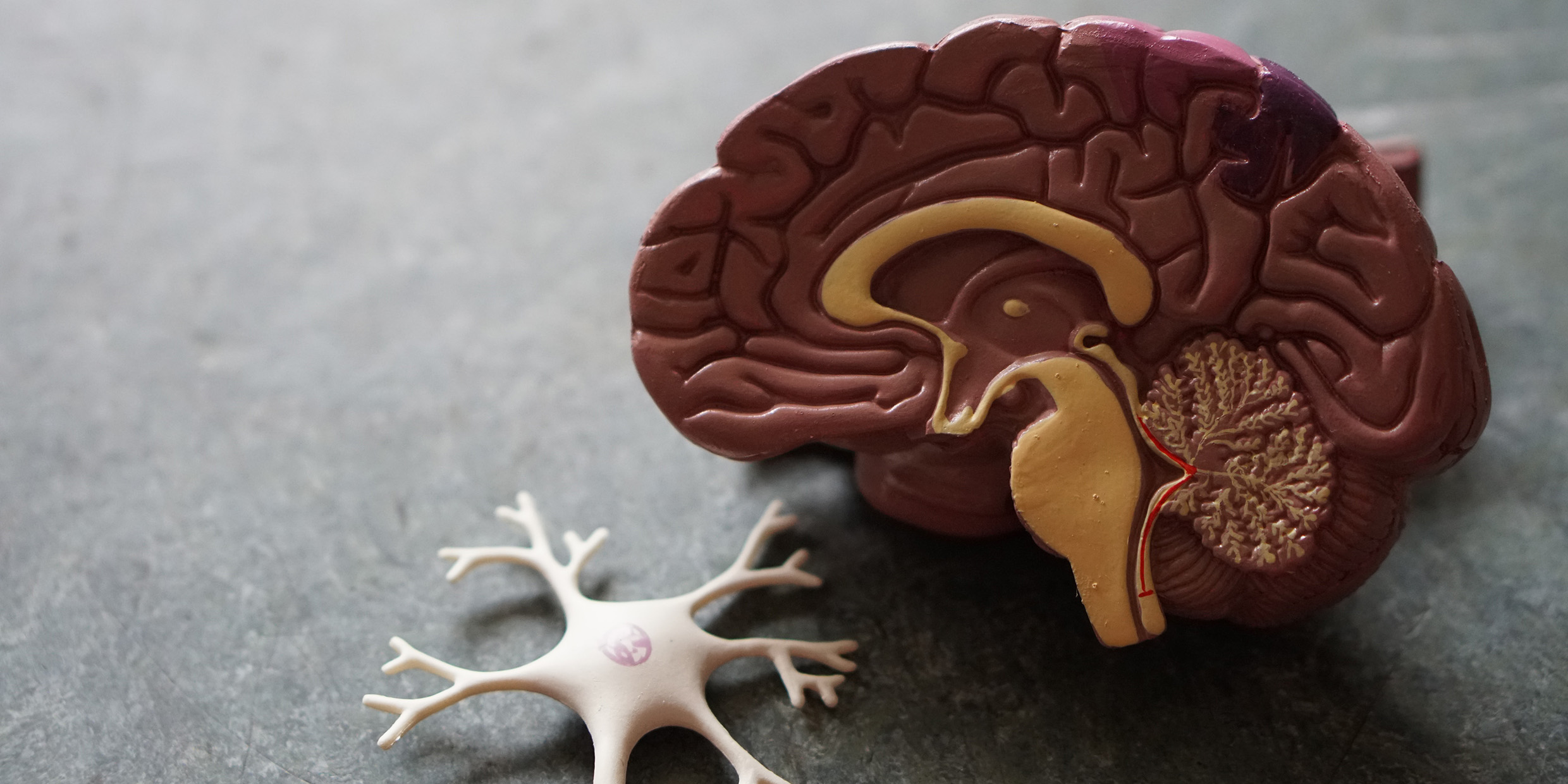Originally published 9 January 2005
Francis Crick, the codiscoverer of the DNA double helix, writes in his book The Astonishing Hypothesis: “To understand ourselves, we must understand how nerve cells behave and how they interact.”
The “astonishing hypothesis” of Crick’s title is simply that we are biochemical machines. Well, perhaps “machines” is not the right word, because no machine yet invented is remotely as complex as the human body. Even a single human cell — say, this one, here at my fingertip, too small to see with the naked eye — makes my automobile look like a child’s toy.
Consider for a moment the little worm Caenorhabditis elegans that lives in soil and eats bacteria, so beloved by developmental biologists. It has only 959 cells in its body, exactly. Yet C. elegans has a primitive sort of brain and a nervous system that lets it respond to taste, touch, and smell. It produces eggs and sperm. It grows old and dies. Altogether a fairly sophisticated life for a creature as small as this letter i.
The worm’s genetic code has been sequenced, approximately 18,000 genes on six chromosomes. Those 18,000 genes contain all the information necessary for making a worm, starting with a fertilized egg.
We are rather more complicated. The human body is made of trillions of cells. The human brains consists of approximately 100 billion neurons. And yet our genome does not contain a proportionately greater number of genes. Geneticists currently suppose that we make do with only about twice as many genes as C. elegans.
Obviously, genes are not related to a body the way an engineer’s blueprint is related to a machine. The genome is not so much a plan of the future organism as it is a set of instruction for how cells should develop in interaction with their environment. Genes spin off proteins. The proteins are like craftsmen who build a house without a blueprint.
Can 30 thousand genes spin out a human brain, then wire that brain as the organism interacts with its environment? Yes, says Crick, and that’s his “astonishing hypothesis.” Our tendency is to react against this astonishing information, because we like to think we are more than biochemistry, that our destiny is to fly free of the physical self. But don’t bet on it. Developmental biologists have pretty much figured out exactly how C. elegans constructs a self, such as it is. The human problem is vastly more difficult, but the broad outline for how it happens is in place.
A fertilized egg splits, Then again and again. Two, four, eight, sixteen, eventually trillions of cells. Some cells become liver. Some backbone. Some skin. A hundred billion cells become the brain. Each brain neuron has a central body flanged on one side by long tendrils called axons that carry signals away from the cell, and on the other side by treelike dendrites that carry signals in. Each neuron reaches out to touch a thousand other neurons, axons and dendrites almost touching, like the fingertips of God and Adam in the famous painting by Michelangelo.
As the brain develops in the growing embryo, cells divide, differentiate, migrate. Some die by plan. We are born knowing some things — how to breath, how to suckle, how to cry. But the newborn is not yet the self it will eventually become. More wiring must take place as the brain interacts through the senses with the environment.
At the end of each axon are wiggly fingerlike protuberances called growth cones that move about like little animals trailing their axon wiring behind them, hunting in the dark for their final destination, taking in new information as they go, wriggling, fingering, searching, connecting. Building memories. Learning. Making a self.
In all of this the genes are in control. By knocking out genes in fruitflies, geneticists can redirect the patterns of neural wiring. If our minds are more complex that other animals, it is because we have more neurons and more ways of using genes to connect neurons one to the other.
Are we captives of our genes? Is our destiny written in the language of the DNA? To a certain extent, yes. I was destined from the beginning to be a white Caucasian male, to have black hair and brown eyes, to lose most of my hair in middle age. I was born to be adept at mathematics and lousy at learning foreign languages.
But my genes did not insist that I be the person I am today. I have been making choices since the day I was born, and those growth cones wriggling in the dark responded. For all intents and purposes, I can freely decide what sentence I will write next, and my brain rewires itself accordingly.
What we call free will may be the unpredictable product of almost infinite complexity, but that makes us no less free. Astonishing? Oh, yes, astonishing indeed. But not unbelievable.



